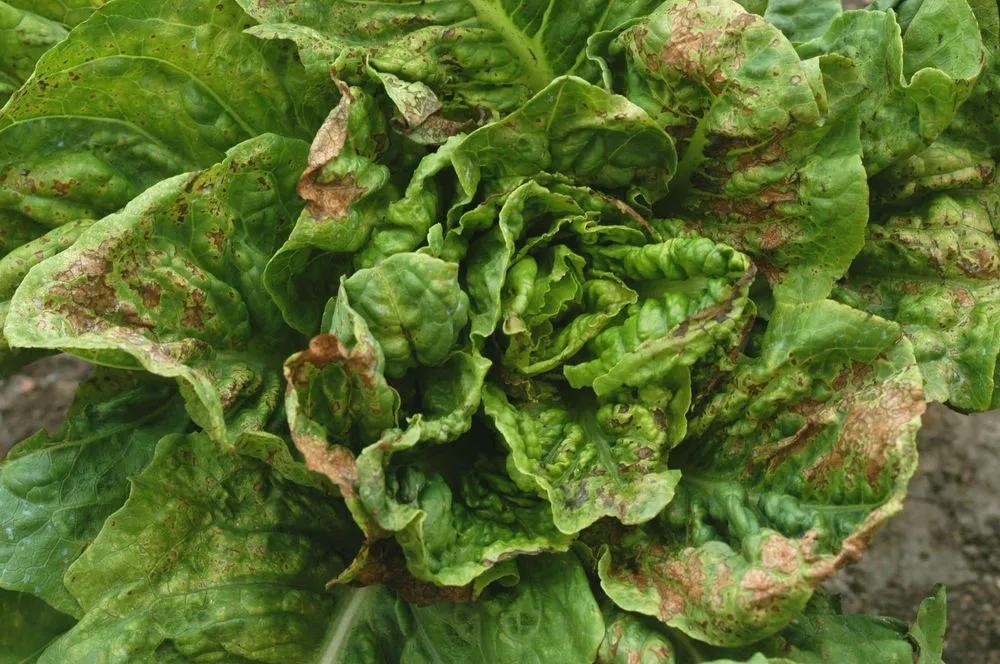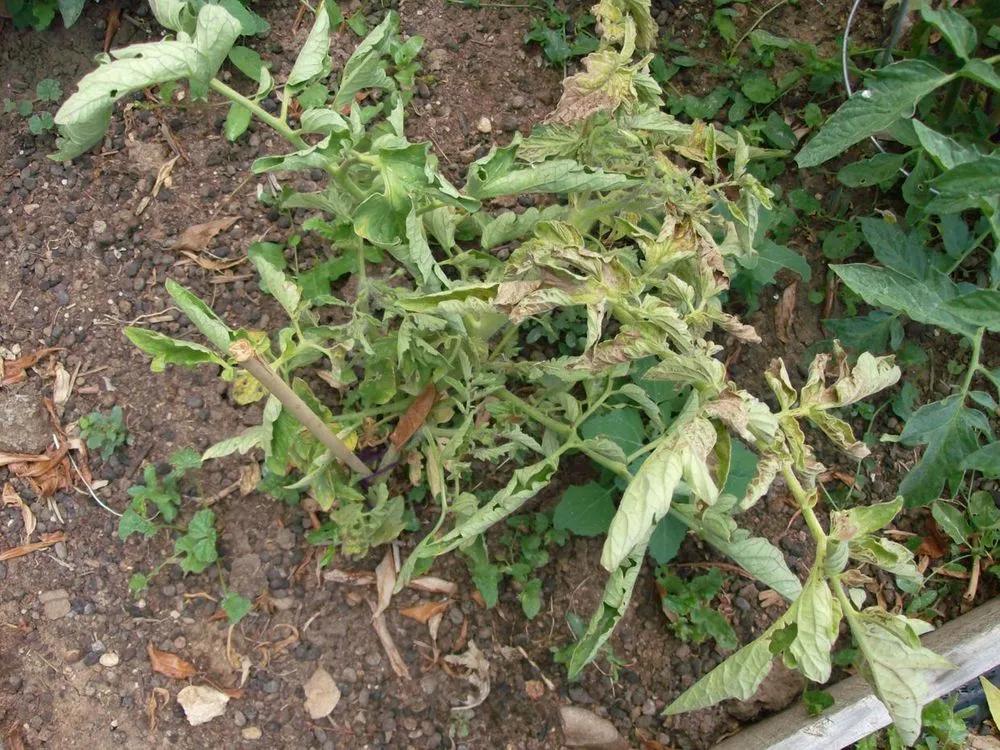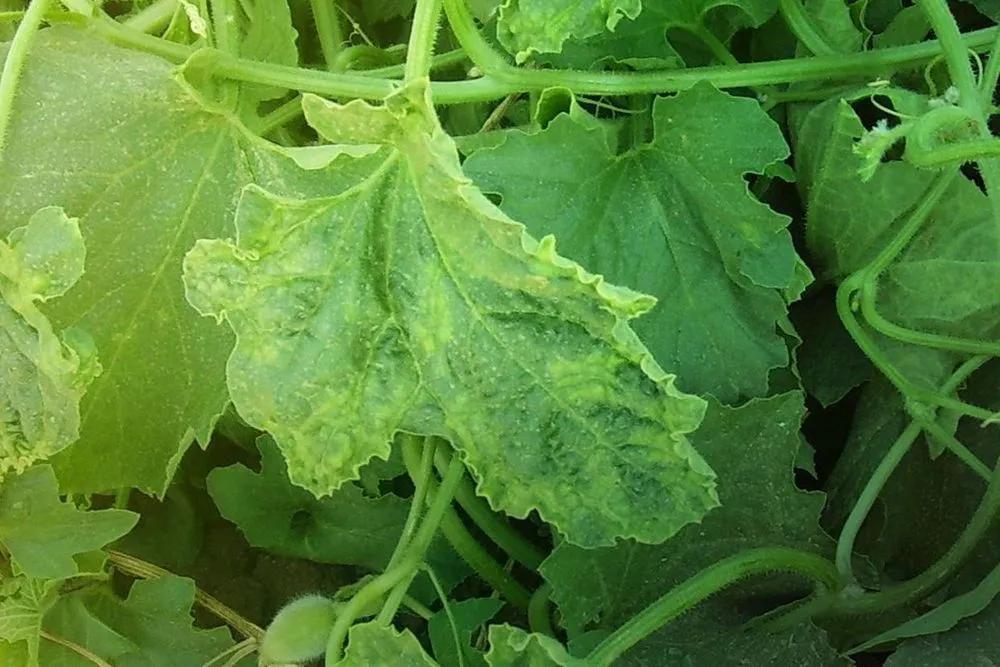Tospoviruses belong to the Orthotospovirus genus with at least 20 species. Thrips transmit them, and over 30 species of these insects are confirmed to act as vectors for this virus. Thrips can only become infected during their larval phases but, once infected, will transmit the virus throughout their entire lifetime. Also, since these insects have high fecundity, their proliferation is extremely effective, and control is hard, making Tospovirus control hard as well. Some Tospovirus species can also be transmitted through physical contact, and others through infected seeds. It affects many hosts, from food crops like vegetables and legumes to ornamental plants like lilies and chrysanthemums. This viral disease is prevalent in warm climates and has spread throughout most of the planet, being present in Asia, Europe, America, and Africa.
Tospovirus



Signs of damage
- Spotting and mosaic patterns.
- Bronze leaves. A bronze-colored or purplish cast that later develops into dark spots.
- Wilting and curling leaves. Usually, curling happens inwards, and the top part of the plant begins to wilt.
- Dark streaks in the main stem.
- Stem necrosis.
- Deformed fruit. Fruit will develop unevenly, with deformities and bumpy surfaces, and ripening will also be heterogeneous.
- Stunted growth.
- Reduced vegetative output.
- Death.
How to prevent
This issue is difficult to control, both because of the inability to monitor viruses and the high proliferation of vectors. Patrol for thrips and keep their populations under control since removing vectors will reduce the probability of infection. Insecticides are effective against these insects, as well as gently beating branches and shaking foliage onto cloth or paper, forcing them to fall over. Netting can also be employed to keep insects away.
Infected plants should be removed, even if inserted in groups of different species, due to the wide range of suitable hosts.
Tools and hands should be kept clean and sanitized regularly between handling each plant.
Heal
Unfortunately, there’s no cure for this virus. The best course of action is to remove the infected plants and destroy them to prevent spreading.
Go Premium to continue reading
Also you’ll get unlimited access to disease identification and all the other beneficial features
More problems
